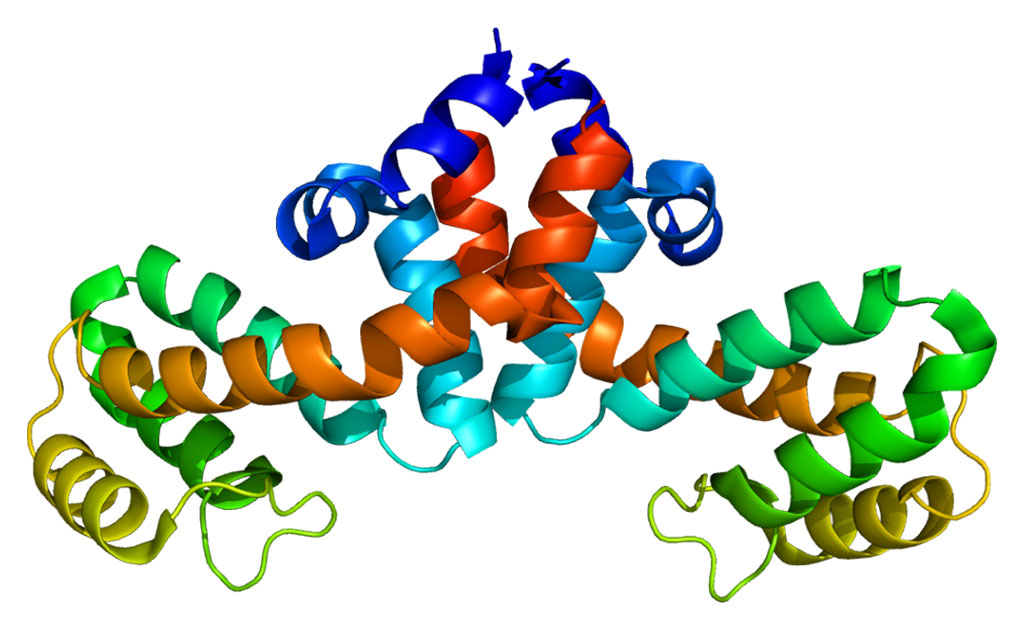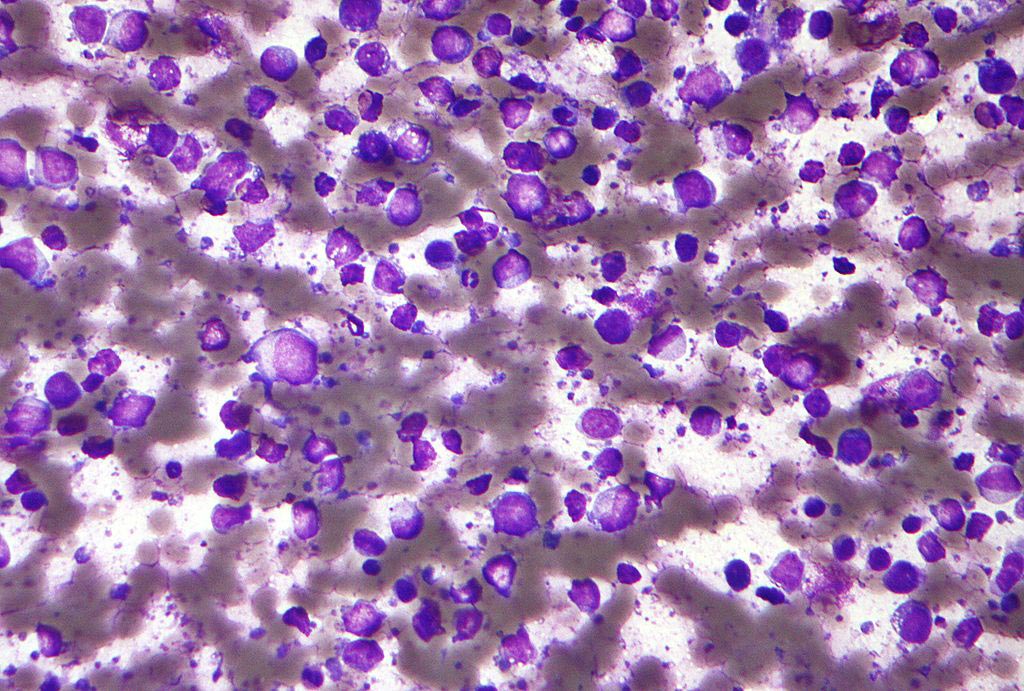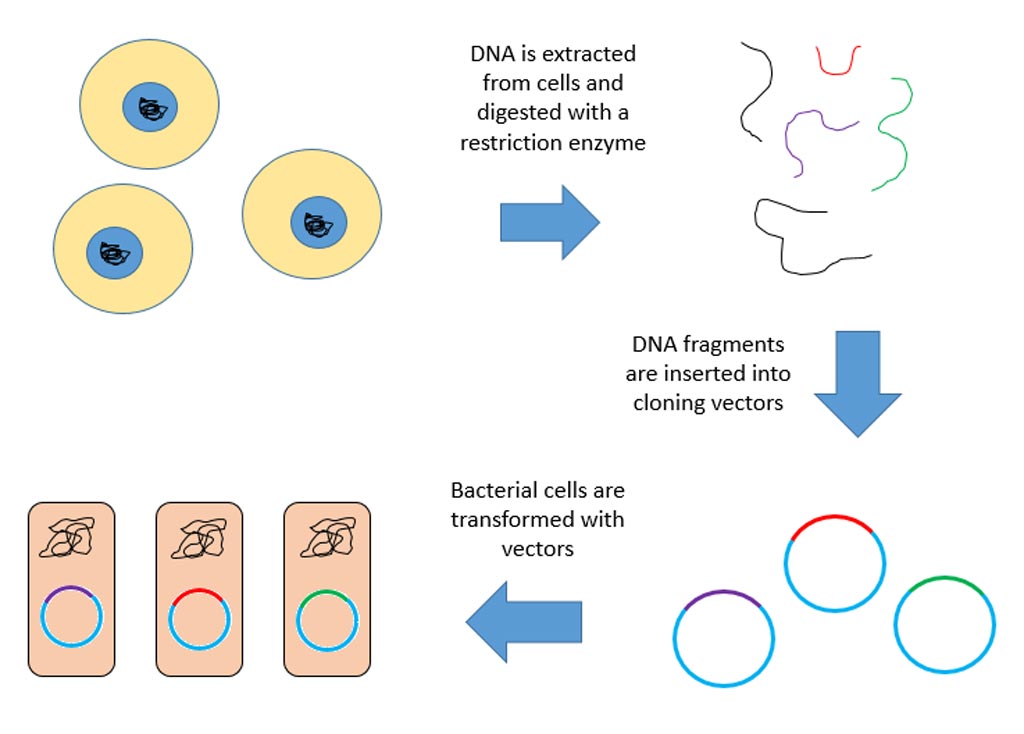X-Ray Techniques Probe the Clostridium Difficile Surface Layer
By LabMedica International staff writers
Posted on 11 Mar 2009
A team of molecular microbiologists has begun to shed light on the structural mechanism used by the pathogenic bacterium Clostridium difficile to adhere to and infect human enteric tissue.Posted on 11 Mar 2009
Investigators at Imperial College (London, United Kingdom) used X-ray crystallography techniques to produce both high- and low-resolution images of the C. difficile surface layer (S-layer). The S-layer contains a high-molecular-weight S-layer protein (HMW SLP) and its low-molecular-weight partner protein (LMW SLP).
Results published in the March 1, 2009, issue of the journal Molecular Microbiology revealed that the two types of protein formed a tightly associated noncovalent complex, the H/L complex. The 2.4-angstrom X-ray crystal structure of a shortened derivative of the LMW SLP revealed two domains. Domain 1 had a two-layer sandwich architecture while domain 2, predicted to orientate towards the external environment, contained a novel fold.
Small-angle X-ray scattering analysis of the H/L complex showed an elongated molecule, with the two SLPs arranged "end-to-end" interacting with each other through a small contact area. The way the LMW SLPs - which showed high sequence diversity - were aligned revealed a core of conserved residues. This type of structure could reflect functional conservation, while allowing for immune evasion through the sequence variation.
Dr. Neil Fairweather, professor of cell and molecular biology at Imperial College said, "This is the first time anyone has gained detailed information about the molecular structure of [the] C. difficile protective 'jacket,' because analyzing the two protein components is painstakingly difficult work. We are confident that continuing this work to better understand the formation of this protective coat and its exact function will reveal new targets for effective drugs to beat this dangerous pathogen, and could even lead to an effective vaccine."
Related Links:
Imperial College














